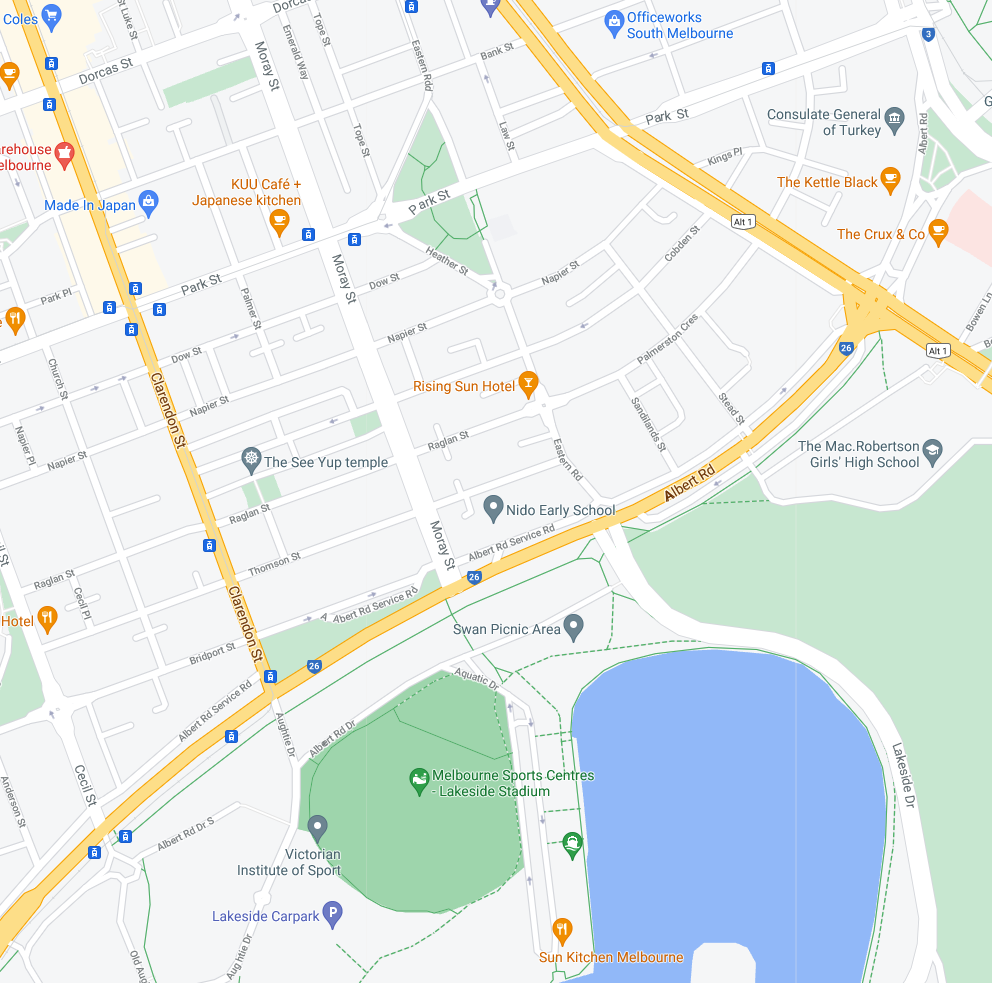
The art of communication encompasses far more than just the spoken word. From body language to gestures – and everything in between – humans use multiple ways to directly and indirectly exchange information with those around them.
One of the primary principles of the Reggio Emilia approach is the ‘one hundred languages’ of children. This is a symbolic phrase that encompasses not only the transmission of information, but how incoming data is perceived and understood. It’s about understanding, sharing feelings and thoughts,
the art of expression and the many (many!) ways that this can be done.
Children have an infinite potential to wonder – to see things in their own unique way and to explore the multiple ways of seeing and being that are personal to their character.
The Reggio Framework Responds to These ‘Languages’
Early Reggio Emilia education centres around this approach and utilises the power of the child’s ability to wonder. This can be expressed in multiple different ways – or languages – including:
- Dancing.
- Singing.
- Movement.
- Painting.
- Drawing.
- Sculpting.
- Construction.
All of these have one thing in common – the art of expression. When a child experiences something that piques their curiosity, they will naturally want to explore it further. This plays a pivotal role in the whole Reggio Emilia concept – and is magnified by providing children with the tools to do so.
Multi-faceted, multi-sensory environments are key. This is why early educational facilities that follow this approach are filled with objects and items that are tactile, natural, colourful and – vitally – easy for children to access. This reaches into every element of life in a Reggio early learning school. From sensory gardens to sandpits, natural art projects adorning the walls to the atelier area for creative expression, everything is designed to inspire children to follow their instincts.
The educator’s role is to listen, observe and provide avenues for further expression and exploration. For instance, a child listening to music might start to sway to the beat. Having the space to take this one step further, perhaps using dance to process and communicate the emotions that the music is evoking is something to further explore. Maybe this might evolve into character play, dressing up or joining in with playing instruments. There are no hard and fast rules, the direction of travel is dictated by the child with educators playing a peripheral part that encourages further investigation.
The art of communication is both subtle and assertive. From quietly choosing a different shade to colour a picture to shouting out in joy at a surprise discovery, children ‘speak’ to the world at large in so many different ways. The critical takeaway is that educators, parents and caregivers act as guardians of this pathway - not directing the way of travel, but supporting, nurturing and providing the opportunities for the child to process what they see and feel and allowing this to guide their personal educational pathway.
At Evoke Early Learning, our childcare philosophy is that every child is powerful, capable and full of curiosity. This is mirrored in our age-centric nursery, toddler and kindergarten programmes, each of which is staffed by talented early childhood educators who are passionate about providing children with the best start In life as possible.
But don’t just take our word for it – come and see for yourself. Book a tour today at either our Albert Park and Clayton centres to see our wonderful staff in action.

Tracey is a highly qualified educator and administrator and brings a strong combination of academic achievement, extensive work experience in the education and business sectors as well as drive and passion to her role as General Manager of Operations at Evoke Early Learning.
Tracey has a Master of Education and an Advanced Diploma of Business and holds VIT Dual Registration to teach in Early Childhood and Primary School settings. She’s also a VIT Trained Mentor Teacher and has worked in ECEC settings as a Director, Educational Leader and as a Victorian Senior Area manager. Her recognition as a state finalist in the recent Director of the Year Awards is testament to her achievements in the early education sector.
Her extensive work experience also included a stint as Head of Curriculum at the Royal Children’s Hospital Education Institute and positions as head of ICT at a number of large primary and secondary schools. Tracey is also experienced in not-for-profit sessional kindergarten settings and long daycare environments, so she has a deep understanding of what’s required to support the needs and expectations of young children, educators, parents and caregivers.
Tracey is responsible for operational management at Evoke Early Learning’s Clayton centre in Oakleigh East and their Albert Park centre in South Melbourne and is deeply committed to leading and driving effective and sustainable service delivery throughout the company.
Tracey is passionate about making a meaningful difference to young children, their parents and the wider community and under her expert guidance, Evoke Early Learning is continuing to raise the bar in quality early education and childcare.


